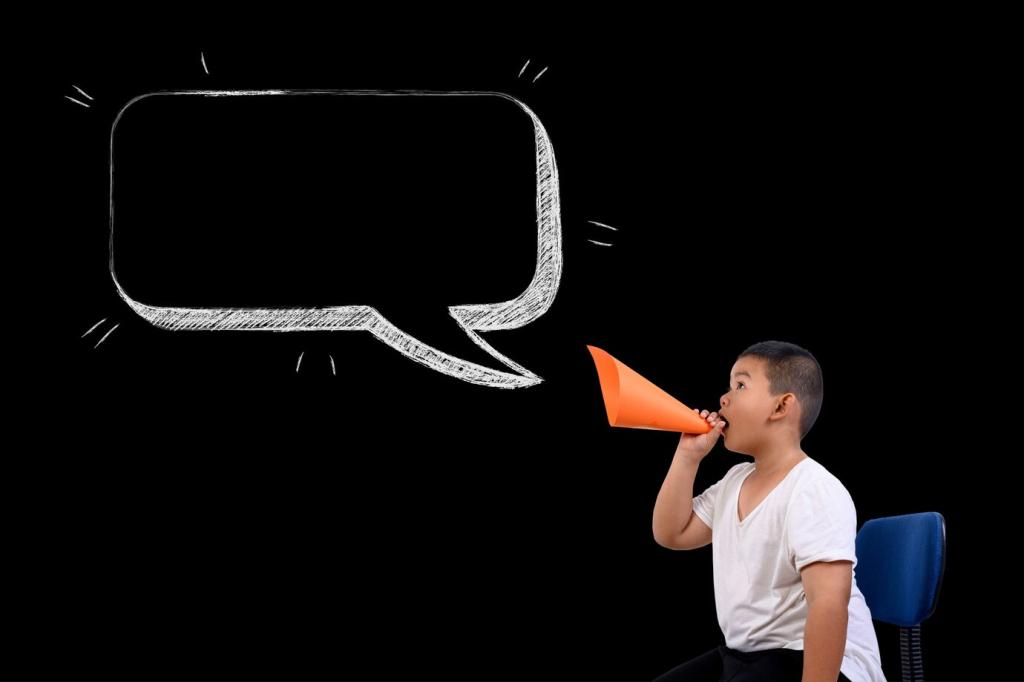Handling Mistakes Without Losing Confidence
Pause, breathe, acknowledge briefly, and restate your last clear point. The pause buys calm; the restatement rebuilds structure. This simple sequence shows control and reminds both you and your listeners that the message still matters more than the momentary glitch.
Handling Mistakes Without Losing Confidence
If a slide fails or a mic crackles, involve the audience: “While we refresh this, here’s the core takeaway.” Collaboration maintains momentum and rapport. Turning disruption into connection strengthens your confidence because you’ve proven you can lead through friction.








